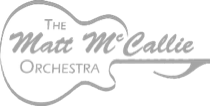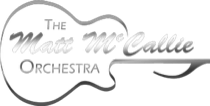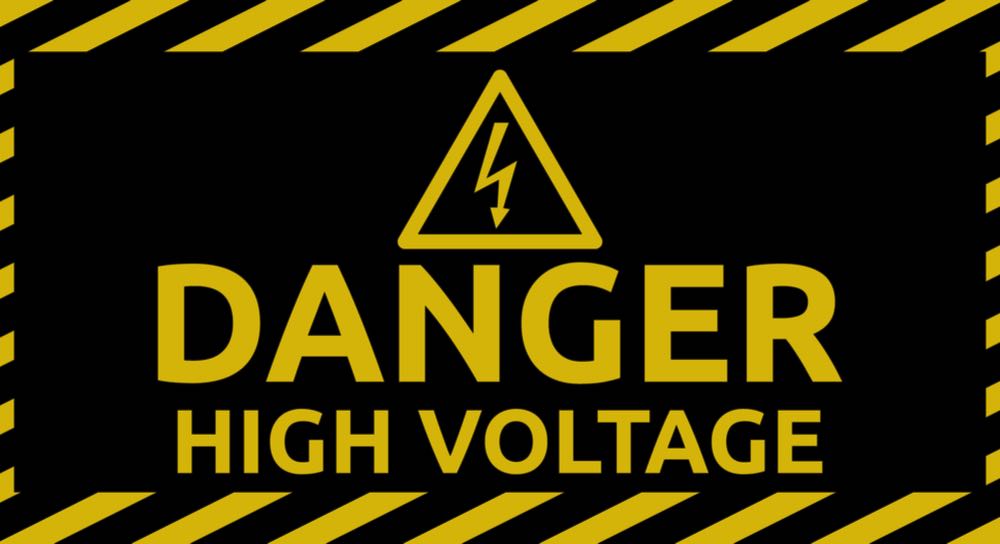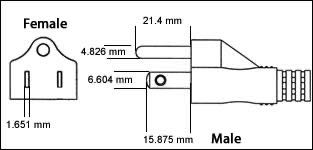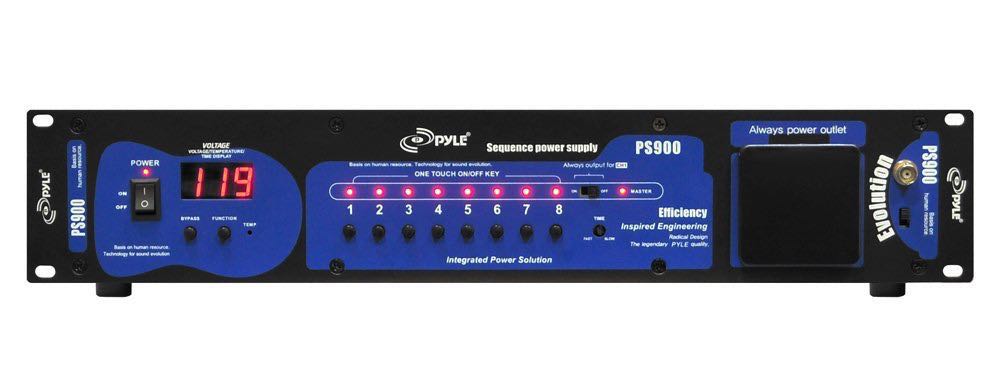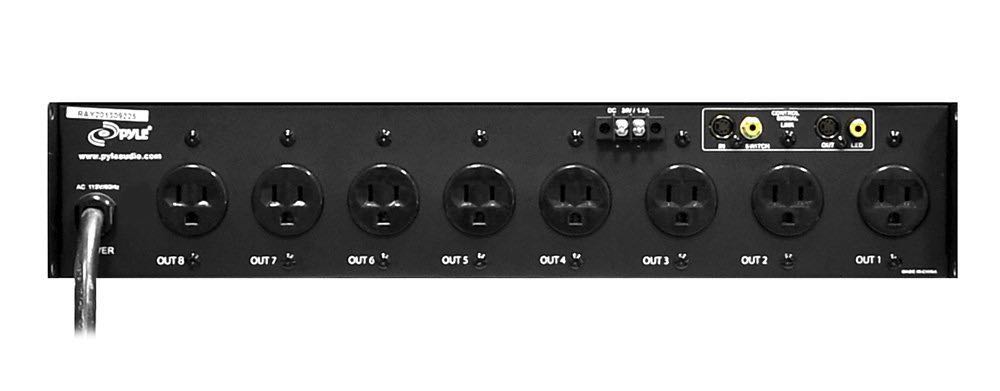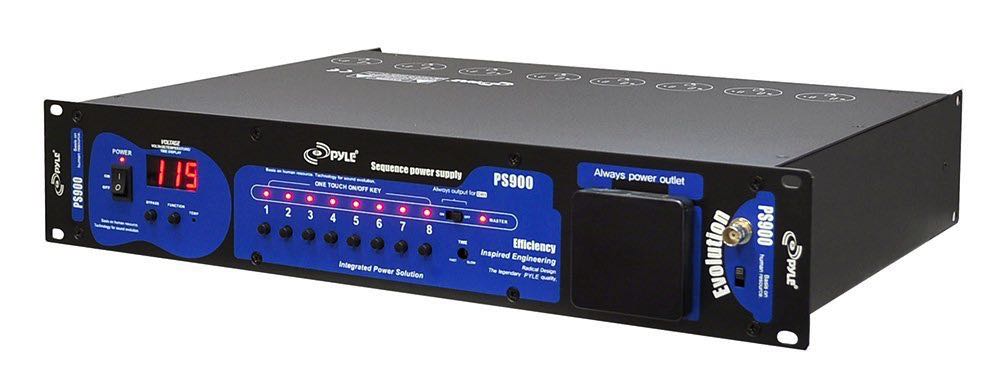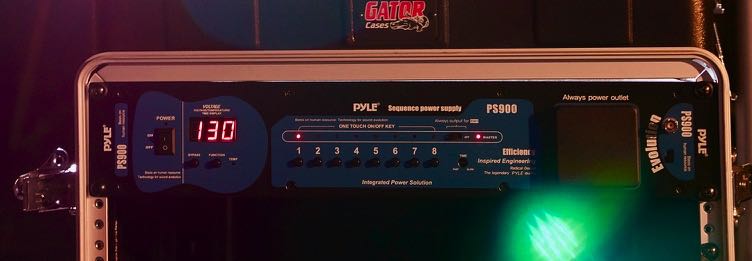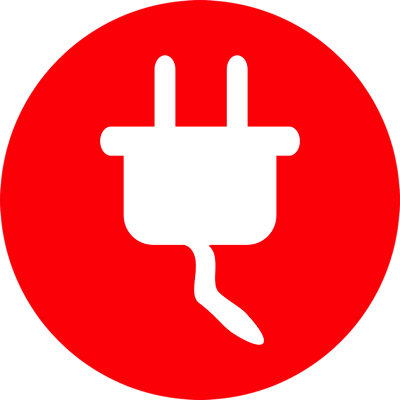
Question: How much power do we need?
Answer: Very little.
NEMA Three-Pronged Outlet:
We can run our entire sound system, electronic instruments, and effects lighting from a single NEMA, three-pronged residential type 120 volt power outlet on a 15 or 20 amp breaker. We can usually split power from that outlet with our own power strips and should have enough extension cables to use within our stage area. It is preferably to have a drop cable or outlet within 20' of our stage.
Dirty & Clean Power:
Most residential power is what is called dirty power. Even most concert halls and stages have dirty power. There tends to be noise within the electricity, particularly at 60 Hz where an audible hum can be heard through any set of speakers.
RFI & EMI:
For decades musicians have been using gear designed to "clean" or guard against the dirty power supplies at the various types of venues the entertain. RFI and EMI also frequently cause issues. Cables that are near each other can radiate noise from one to the other so high end audio equipment has shielding built into the cables to decrease the amount of transfer between nearby cables.
Other electronic devices can also transfer noise to audio equipment. Most recording studios use what is referred to as a parallel ground or star ground system to eliminate ground loops, which can enhance noise and should be eliminated if possible.
Line Conditioning:
The most popular piece of external hardware for both live and studio audio is called a line conditioner. It conditions the incoming electrical supply from your provider and removes a significant amount of noise. Line conditioners are similar to a
Voltage Regulating:
High end line conditioners sometimes offer the added feature of voltage regulation. Voltage regulation is what it sounds like, it limits the fluctuation of your power supply so that equipment plugged into a voltage regulator is less likely to be damaged by those fluctuations. Most consumer grade voltage regulators can maintain a voltage with +- 2 volts of 120 volts.
Power surges can be common during inclement weather when storms disrupt power, and during nearby lightning strikes.
UPS:
Another device that commonly includes voltage regulation is a UPS, which is another device into which you can plug many other devices. A UPS has internal batteries so that during power outages the equipment plugged into the UPS can remain powered until your power company restores operation, or until the batteries run out. High end UPS devices can also include not only voltage regulation, but line conditioning as well.
Power Strips:
Power strips rarely offer any more protection than surge protection, which can come from your power supply company and lightning strikes. Cheap models will offer very little protection and can fail easily when using high demand equipment such power tools, especially those with variable speed motors like drills. If you are only looking to expand the number of outlets you have, this is the simplest option.
Generators:
Generators tend to have a great deal of voltage fluctuation and very dirty power. Some of our musicians have been shocked and had their equipment damaged by using inappropriate generators. Many of our musicians refuse to ever plug into a generator, even with protective equipment in line. There are generators made to be compatible with A/V equipment, and those are the only kind we will use. And because generators usually have very loud internal combustion engines they need to be setup far from the stage area so the performance is not disrupted.






